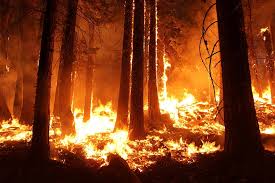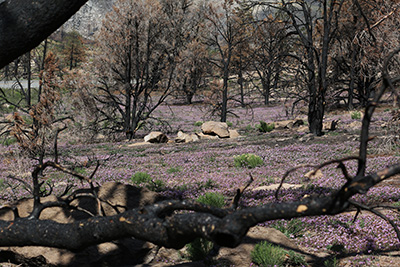Native Plant Conservation Campaign News: Prescribed burns protect public health while improvinng forest health and reducing wildfire hazard, new study finds
June 3, 2019
A new
Stanford University School of Medicine study has found, however, that emissions from controlled burns appear to be less harmful to humans than those from wildfires.
Researchers reported children were exposed to higher air pollutant levels during a California wildfire than during a similar-sized controlled burn, and the difference was reflected by changes in immune markers in their blood.
According to an article in the San Francisco Chronicle, “the study, which was done in cooperation with the Nature Conservancy, did not evaluate why smoke from wildfires may be more harmful. But fire experts say it’s likely because prescribed fires are designed to burn less intensely and are lit amid controlled conditions. They also don’t typically torch homes and communities, where toxic materials can ignite and spew off even more pollution.”
Read about the Stanford children’s health study
Photos: Wildfire. Public Domain; Post-fire bloom, Sierra Nevada (c) Julie Anne Delgado
 Botanists and ecologists have long maintained that controlled burns can improve the health and resilience of forests and other native plant communities. Many native plants and animals depend upon periodic fire to reproduce and thrive. Controlled burns can also help fight climate change by reducing the amount and toxicity of emissions from uncontrolled fires. However, opposition to controlled burns, sometimes citing health risks from their smoke, has made it diffic
Botanists and ecologists have long maintained that controlled burns can improve the health and resilience of forests and other native plant communities. Many native plants and animals depend upon periodic fire to reproduce and thrive. Controlled burns can also help fight climate change by reducing the amount and toxicity of emissions from uncontrolled fires. However, opposition to controlled burns, sometimes citing health risks from their smoke, has made it diffic ult for land managers to use this tool as much as is needed.
ult for land managers to use this tool as much as is needed.